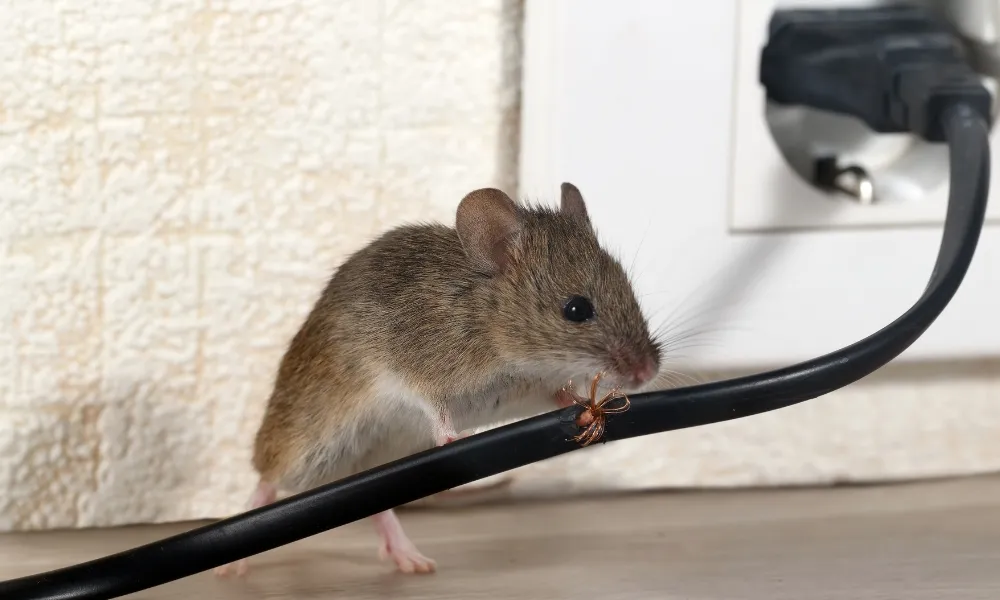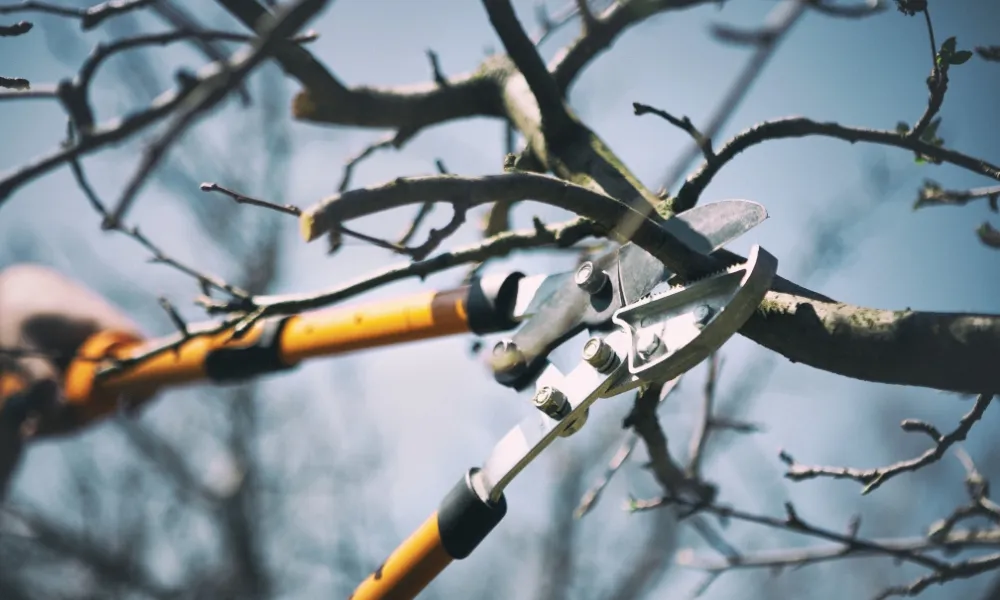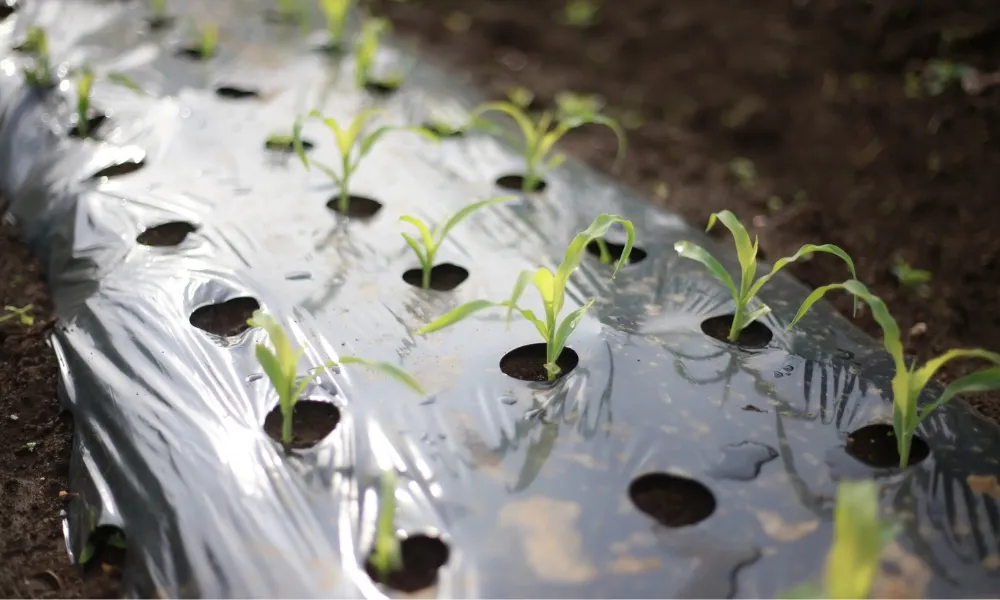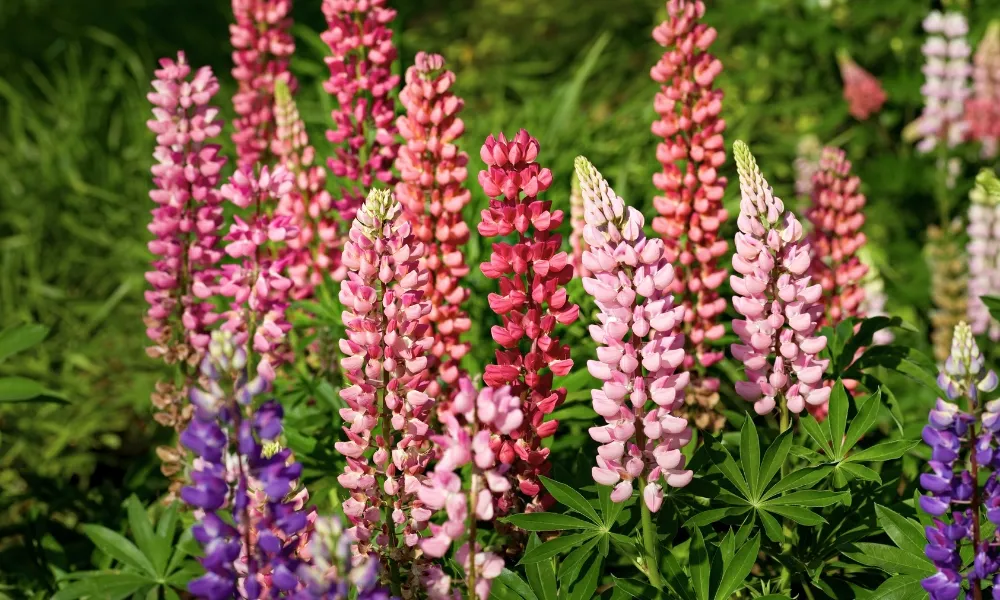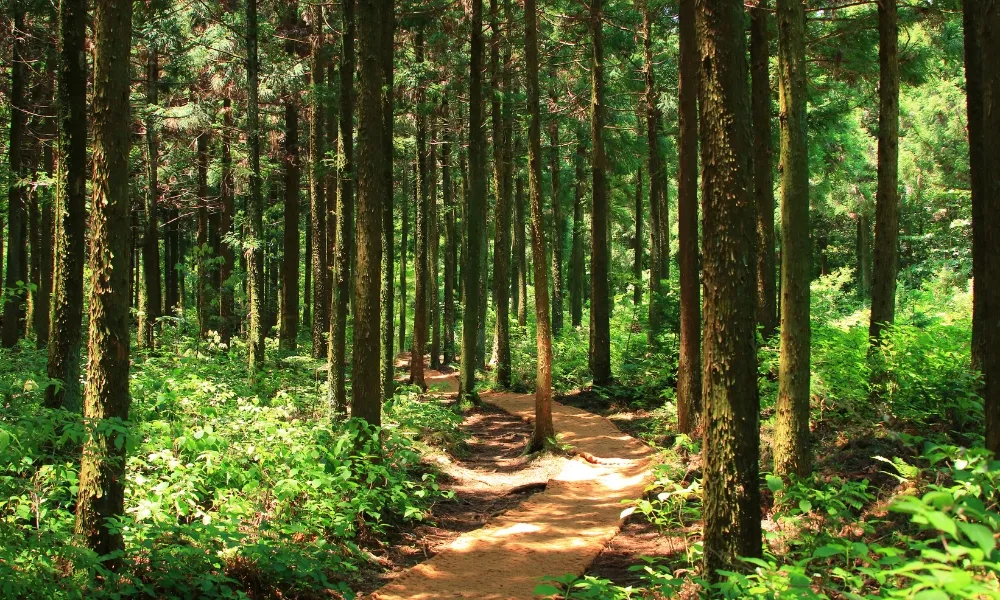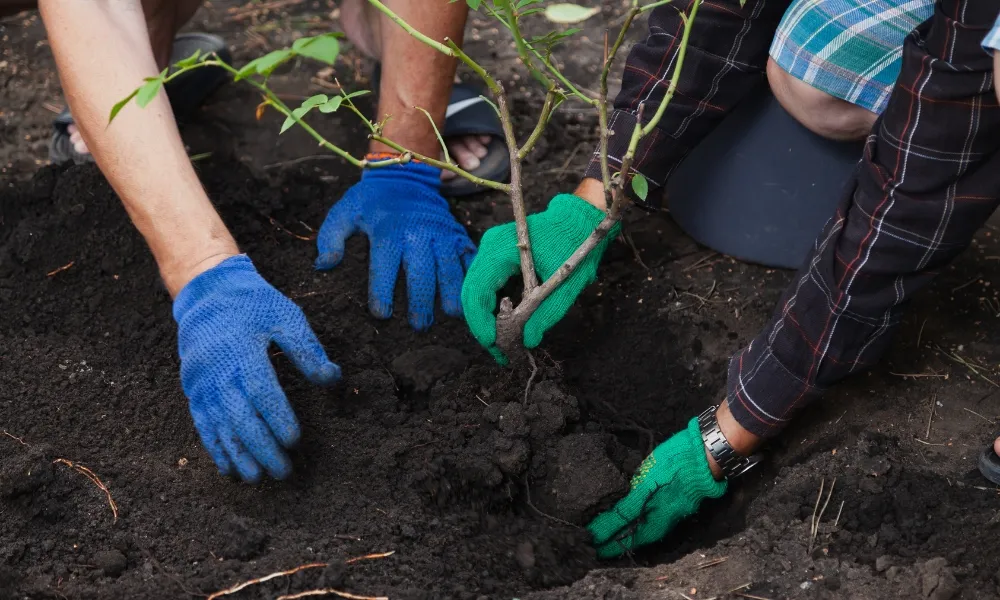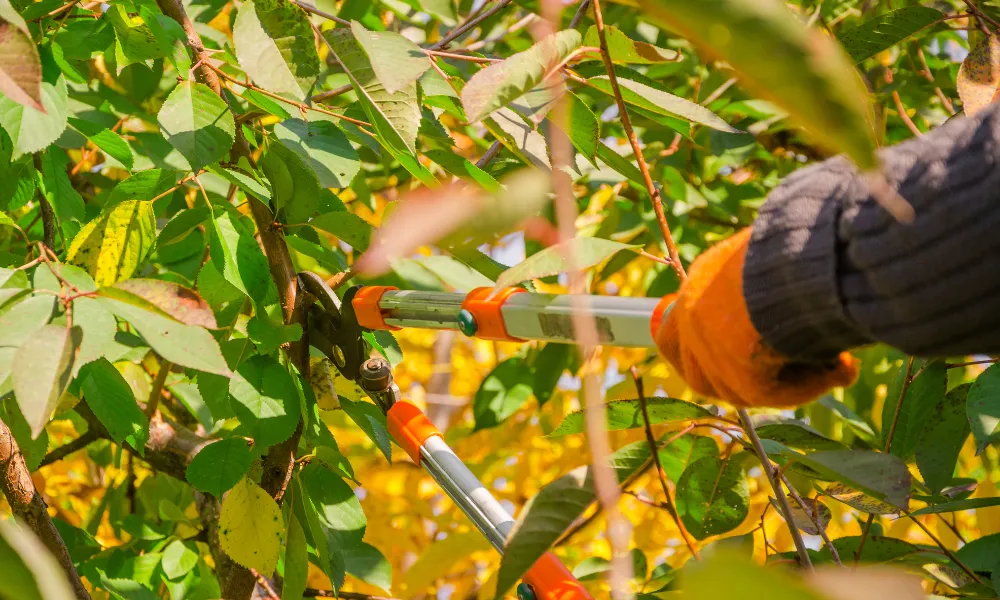
It's a common misconception to think that once we have gone to the trouble of planting our fruit trees that we can then just ignore them and reap the benefits.
Fruit trees, like all plants, do need a little TLC every now and then. Thankfully they are, for the most part, very low maintenance.
For the first two years after planting there is no need to prune as they will be establishing their roots and are best left alone however after this it is important to prune at least once a year.
The main things to look out for on fruit trees around now are mildew and canker. Both these problems can be avoided with a good prune. The idea is to give enough space to let air circulate through the branches to avoid these diseases setting in once the leaf comes on.
You will need a good strong secateurs, a loppers such as the Corona ComfortGel Limb and Branch Lopper, and a folding saw such as the Corona Max Razor Tooth.
Always make sure the tools you use are well cleaned and disinfected. Much like in humans, diseases can be spread by using infected tools, so if you have previously used your secateurs to cut back an infected hedge, you will be unknowingly spreading it to your fruit tree.
To prune your tree start by cutting out any dead or damaged branches. If it is the majority of the limb cut it back flush to the trunk of the tree. If it is only towards the end, cut it to just above the next healthy bud.
Once this is done you can concentrate on the shape of the tree. With most fruit trees it is good practice to prune out the 'central leader' or top most branch. This redirects the sap and energy of the tree to the lateral branches and so gives a healthier crop.
If you have already done this in previous years you may have competing leaders either side, don't be afraid to prune these right back also.
Most new growth will be obvious as it will have a light grey sheen on the bark, with these branches you can safely cut them back to half their size again to just above the bud.
If you spot any areas that have a lot of branches growing closely together, take out at least half of them. Once the tree goes into leaf any areas that are overcrowded will be a hot spot for diseases and pests.
For any trees that are still young it's important to stake them if they haven't been already. This not only gives support but will guide them to grow up straight, place the stake at least 10cm away from the base (to avoid root damage). If it is in a particularly windy area slant the stake slightly towards the direction the wind is coming from to compensate for movement.
If you are pruning an old larger tree do be careful, sometimes apple trees can rot from the inside of the trunk and look relatively healthy on the outside, so if you lean a ladder against them it may not be secure. Always call professionals in for the larger more risky jobs if you are not confident.
Finally once you have finished your pruning you can put a few inches of mulch around the base to protect from any frost damage. For young trees that may still be tender at the base you can get Gardman Spiral Tree Guards which stop any hungry deer or rabbits in the area nibbling on them.
Happy Pruning!
Sophie X



